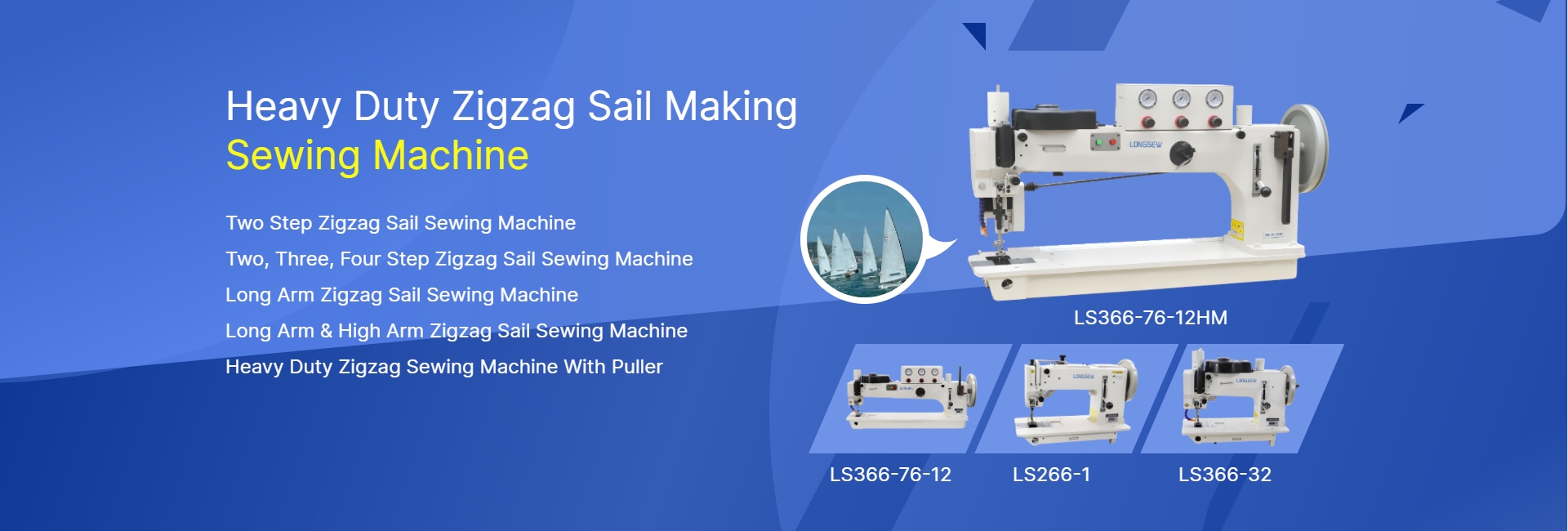jumbo bag lock stitch sewing
Understanding Jumbo Bag Lock Stitch Sewing
In the world of industrial sewing, the lock stitch is a fundamental technique used in various applications, particularly in the production of jumbo bags. Jumbo bags, also known as FIBC (Flexible Intermediate Bulk Containers), are large bags designed to carry heavy loads of goods, especially in bulk. From agricultural products to construction materials, jumbo bags serve a critical role in the storage and transportation of diverse commodities. Understanding the lock stitch sewing process is essential for manufacturers aiming to produce robust and reliable jumbo bags.
What is Lock Stitch Sewing?
Lock stitch sewing is a method where two threads—one from the top and one from the bottom—interlock to create a secure stitch. This type of stitching is widely favored in the textile industry due to its strength, durability, and resistance to unraveling, making it particularly suitable for materials that require robust seams, like those in jumbo bags.
The Importance of Jumbo Bags
Jumbo bags are utilized extensively across various industries due to their ability to hold substantial weights, often ranging from 500 kg to 2000 kg. Their structural integrity is vital, as they are often used to transport heavy materials that can damage weaker containers. The lock stitch plays a crucial role here; a poorly stitched bag could result in catastrophic failures, leading to material loss and safety hazards.
The Sewing Process
The sewing process for jumbo bags typically involves several steps. Initially, the fabric material, usually made from polypropylene or similar strong synthetic fibers, is cut into the desired shape and size. Next, the pieces are aligned for stitching, ensuring that the seams will be strong enough to withstand the intended load.
jumbo bag lock stitch sewing

Once aligned, industrial sewing machines specifically designed for heavy-duty materials are employed to use lock stitch sewing techniques. The machine utilizes two threads—one upper and one lower—that interlock at the fabric inside to create a seam. The effectiveness of this method hinges on proper thread tension; if either the top or bottom thread is too loose or too tight, it can compromise the integrity of the stitch.
Benefits of Lock Stitch in Jumbo Bag Production
1. Strength and Durability The main advantage of using lock stitch sewing for jumbo bags is the increased strength of the seams. The interlocking nature of the stitches enhances their ability to hold heavy loads without breaking.
2. Resistance to Unraveling Lock stitches are less likely to unravel compared to other stitching methods, which is crucial for bags that will face numerous handling processes.
3. Versatility This method can be applied to various types of fabrics and materials used for jumbo bags, making it a versatile option for manufacturers.
4. Ease of Repair In case a seam fails, lock stitches can be repaired more easily than other types of stitches, allowing for cost-effective solutions to maintain the usability of the bags.
Conclusion
In conclusion, the technique of lock stitch sewing is integral to the production of jumbo bags. Its ability to provide strong, durable, and reliable seams makes it the preferred choice in an industry where the cost of material loss can be substantial. As the demand for jumbo bags continues to grow across various sectors, understanding and mastering lock stitch sewing will remain an essential skill for manufacturers aiming to meet industry standards. Adopting the right sewing techniques not only enhances the efficacy of product manufacturing but also contributes to safety and reliability in the transportation and storage of bulk goods.
-
Boost Production Efficiency with a Pattern Sewing MachineNewsAug.29,2025
-
Industrial Excellence with the Best Heavy Duty Sewing MachineNewsAug.29,2025
-
Precision and Power with the Best Pattern Sewing MachineNewsAug.29,2025
-
Reliable Bulk Packaging Starts With the Right FIBC Sewing MachineNewsAug.29,2025
-
Advanced Packaging Solutions: Elevate Productivity with Jumbo Bag Sewing Machine and Industrial Stitching EquipmentNewsAug.29,2025
-
High-Performance Solutions for Bulk Packaging: FIBC Sewing Machine and MoreNewsAug.29,2025
-
Maximize Efficiency with an Industrial Cylinder Arm Sewing MachineNewsAug.28,2025


























